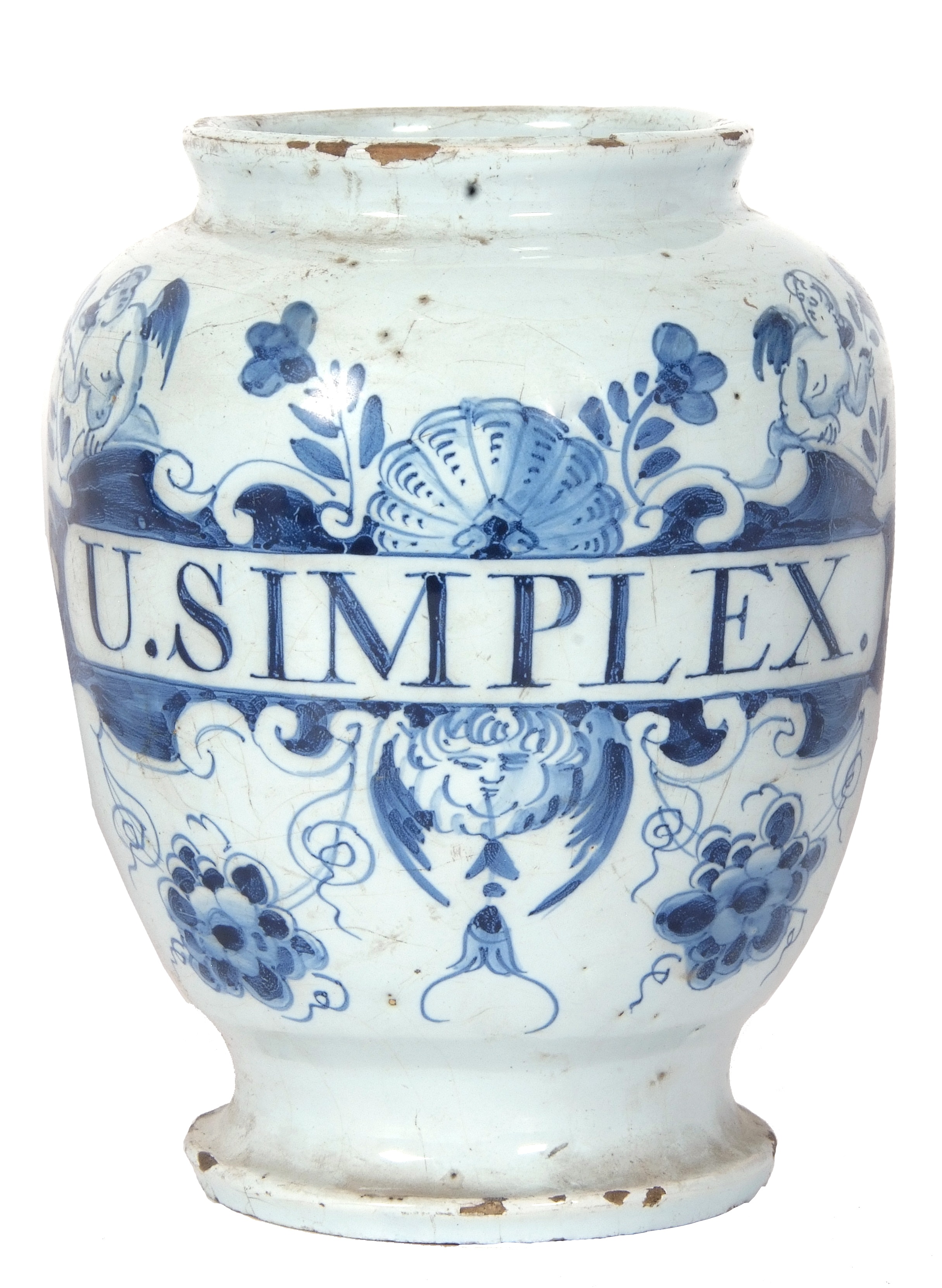

04/11/2022 General News
Whilst porcelain from makers such as Meissen and Sevres is often thought of as the apogee of the ceramicist’s art, yet a rather more humble form of pottery is always much in demand in the saleroom – if only because it is so rarely seen.
Maiolica is pottery which is given a very soft glaze made with oxidised tin. This gives the pieces a whitish finish which lends itself to ornate painted decoration, which then looks like porcelain, but at a fraction of the price.
Because of this cost-effectiveness, maiolica was popular for functional, utilitarian pots such as drugs jars. However, it is also very fragile, which means many of the pieces made have been damaged or destroyed, which is why examples are increasingly rare today.
So we are very excited to have 14 maiolica pieces in Keys’ November Fine sale, which takes place over three days at the end of this month.
Although proto-maiolica was being made in Spain and especially Italy as early as the Middle Ages, it was really at he very end of the 15th century that the technique was perfected, and factories started to spring up around Florence in particular.
Production quickly spread, with producers found in Arezzo and Siena, in Faenza in Romagna (which gave its name to faience, the English word for tin-glazed pottery), and as far afield as Venice, Turin and Sicily. Factories were also turning it out in Spain, and even in England, at Lambeth.
Maiolica was particularly used for apothecary jars containing both dry drugs and syrups and wet drugs. It was affordable, but sufficiently ornate to inspire a sense of awe and confidence in early pharmacies, where treatment was as much as question of confidence as it was science.
Because they were used for functional purposes, and also because they were prone to breaking, fewer maiolica pieces have survived than other forms of ceramics, and this makes them much sought-after in the saleroom. 16th century Castelli pieces can make tens of thousands of pounds, but even more prosaic pieces are valuable.
We were very excited to receive not one but two separate collections of maiolica for our November Fine Sale. Possibly the highlight is a late 16th century drug jar, probably Faenza, dated 1581, and which is in remarkable condition, which has a pre-sale estimate of £1,000-£1,500. Another star lot is a 17th century two handled vase decorated with classical urns and swags, also probably from Faenza, which has a pre-sale estimate of £800-£1,200.
There is even an example of English maiolica, an 18th century English drug jar, probably from the Lambeth factory, painted in blue and white with angels and shells. This has an estimate of £250-£350.
Maiolica came under pressure from competition from porcelain and fine whiteware manufacturers elsewhere in Europe in the 18th century, and although it continued to be made (and still is to this day in places such as Deruta and Montelupo), its heyday had passed.